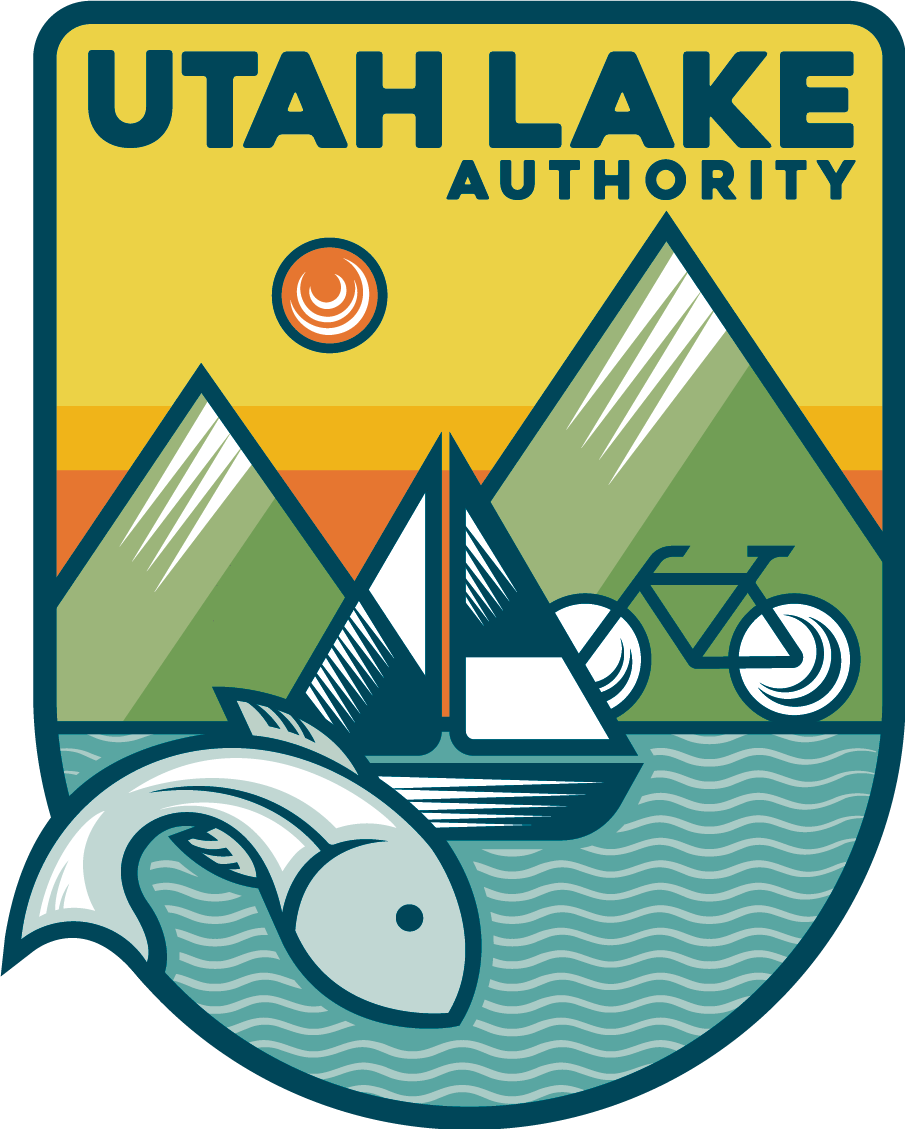Reports from the Utah Department of Environmental Quality have caused the Utah County Health Department issued a Warning Advisory for all of Utah Lake due to potentially harmful levels of cyanobacteria.
Algae blooms in Utah Lake are complex events that depend on a number of factors like high water temperatures, nutrient-rich water, plenty of sunshine, and periods of calm winds following storms. As a result, not all algae are created equal. The chief offender in these blooms is cyanobacteria, AKA, “blue-green algae”. If you see mats of algae wash ashore, coating rocks and flotsam, you can bet it’s cyanobacteria. However, simply the presence of cyanobacteria does not mean the water is especially harmful to humans.
To date, there have been no human deaths from recreational exposure to algae blooms. The harm from an algae bloom comes from ingesting large amounts of algae bloom water. Animals like cows or dogs ingest far more lake water than any human normally would, which is why algae blooms present the most danger to cattle and pets.
It should be noted that WARNINGS are not CLOSURES. Utah Lake is still open but it is important to take extra precaution in determining what levels of recreation you want to engage in at the lake. Use Utah’s Department of Environmental Quality website for help with determining what levels of recreation are safe; for example, sailing conditions, lately, have been ideal.
Algae blooms are only potentially harmful where the algae are in high concentration. This means floating mats of algae are where the toxins might potentially be found. We know it’s tempting, but don’t drink the lake water, put scum in your mouth, or use floating algae mats as a facial scrub.
In a forthcoming article, we’ll be fully diving into the topic of algae, how it blooms, when it can be potentially harmful, and exactly what the difference is between a Warning Advisory and Closure Advisory. But to put it simply, when cyanobacteria bloom in massive numbers, they can produce chemicals that are potentially harmful to humans. So when water is tested, scientists look for both amounts of cyanobacteria(cell counts) and whether or not those potentially harmful chemicals(toxins) are found.
Water samples were taken from various locations on both the east and west sides of Utah Lake. High concentrations of cyanobacterial cells per milliliter of water in a majority of tested areas as well as detected levels of microcystin, a cyanotoxin, which exceed Utah County Health Department safety standards. Lincoln beach/marina had the highest concentration of algae and toxins while Utah Lake State Park in Provo had the lowest.
To stay updated on Utah Lake water quality visit the DEQ’s website here. Also check back with us, at the Utah Lake Commission, for more about algae blooms on the lake.


Concerned. Need to be contacted.
I live on Utah lake in Saratoga.
The city made announcements about upcoming spraying. I have been reading all the reports from Great Lakes and current lake disasters in Florida…and increased algae blooms all linked to gyphosate and round up…
I want to know what you are using on our lake…and around our homes?
801.636.1087
Amy,
Thanks for commenting. We will have someone give you a call in the next day or two.